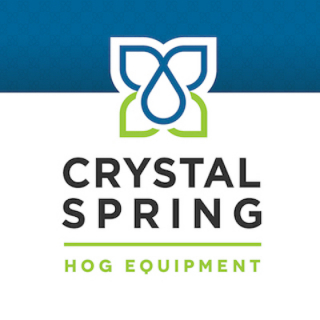
1. Don’t simply consider R&D a cost to the business
It is usually the R&D work of today that leads to the new products, developments and upgrades of the future. Typically new products and upgrades command a better price in the marketplace or may help to gain market share. Therefore consider a monetary return to the research budget based on the success of previous research developments in the marketplace. This helps keep research teams customer facing and reminds sales teams of the value rather than just the cost of R&D.
2. Cutting R&D spend provides short term savings at the expense of medium to long term benefits
All industries suffer a lag between scientific development and inclusion in new product. Pig genetics is no exception and due to gestation length, time taken to reach slaughter weight and other biological constraints the gap can be significant. Genetic lag is a minimum of 2-3 years for sire line work and 5-7 years for dam line; hence any cuts in today’s budgets are not reflected in the product until year 3-7. Considering the rather cyclical nature of the economics of the agricultural sector cutting R&D during difficult trading times can result in a downturn during a boom, the very time companies are looking to exploit new products.
3. Consider where R&D spend is focused
Near market research is typically more expensive than initial hypothesis testing or intermediate research. The reason for this is usually due to the scale of the research (near market research usually requires large scale trials) and the more exclusive nature of the work where it is less suited to strategic government or industry sector funding. Due to the increasing cost of near market research consider suspending one or two projects in these areas rather than widespread cuts.
4. Delay product launches during difficult trading conditions
During periods of difficult trading, near market product development and trials are both expensive and possibly futile. Unless new products address a specific issue current to the market conditions there is little value in launching the result of potentially many years of development during suppressed trading conditions. Instead consider developing intermediate R&D to bring a number of products closer to market that could be launched during better trading conditions.
5. Pool resources with similar competitors to compete with market leaders
One difficult hurdle to overcome in R&D is size, where success tends to breed further success. Market leaders, by the fact they are market leaders, generally have larger budgets assigned to R&D. This can make it difficult for smaller rivals to compete. However, two or three smaller companies combining some of their research budget can match the larger competitors. This can be achieved through a research consortium where work is jointly funded but left to individual companies to implement in house. This has been achieved many times by pig breeding companies to access some of the more expensive genomic technologies.
6. Consider partners elsewhere in the supply chain
The benefits of some areas of R&D aren’t exclusively in one sector of the supply chain. In these circumstances partnering with other beneficiaries of the R&D can help pool costs. Examples of such projects in the pig sector include The Acute Phase Protein Index work at SAC involving JSR, a feed company and an animal medical company as industrial partners and The Low Protein Diets work at the University of Bristol involving JSR, a feed company, a processor and a feed additive company.
7. Investigate overlap with government agendas
Government funding for R&D in the agricultural sector has decreased over time and has changed from being driven by the needs of the companies within the sector to being decreed by government policy agendas. Whilst many have bemoaned this change, it still allows government funding of research assuming the goals of the company and government are aligned. In some cases this can lead to substantial government support of R&D if the research area is meeting government targets.
By considering these 7 rules of research spending, companies within the food production and retail sector can get better value from their R&D and target R&D spend to the most appropriate areas depending on market conditions. Such actions should provide better returns for R&D investment and give boards greater confidence in their commitment for such work. Ultimately the aim must be to try and advance the food production and retail sector up the R&D league table if it is not to be considered a backward industry lacking innovation
Dr Grant Walling, JSR Director of Research and Genetics





